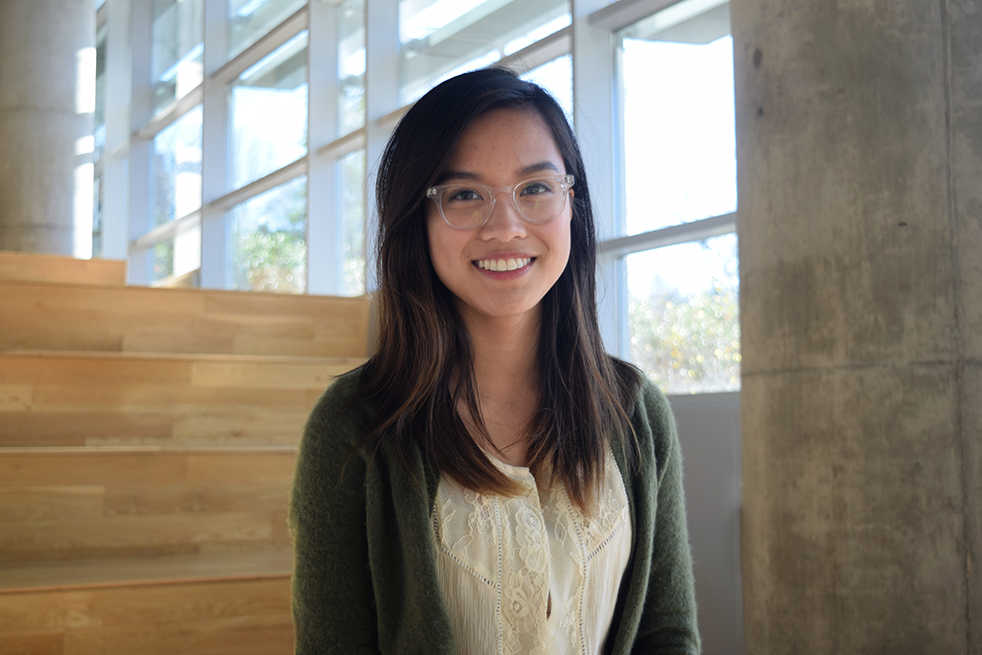Graffiti screaming “TOURIST: GO HOME!” and “F*** tourism!” line the walls on the streets of the neighborhoods surrounding Parc Guell. Barcelona residents have gathered in rallies in popular tourist spots to protest mass tourism and the resulting gentrification of neighborhoods in the city. There have been rising anti-tourism groups in Barcelona, such as Al Poblenou Ens Plantem, whose “About” page on Facebook reads, “Neighbors in danger of extinction… Stop the tourist
massification!” and whose website URL reads “stop mass tourism.”
The government has also become involved in the anti-tourism movement. Barcelona Mayor Ada Colau introduced a plan, known as PEUAT, or “Special Tourist Accommodation Plan,” to regulate tourist establishments, accommodations and hostels.
This plan was established “in response to the need to make tourist accommodation compatible
with a sustainable urban model based on guaranteeing fundamental rights and improving the quality of life for city residents.” PEUAT kicked off 2017 by banning all new hotels from opening in Barcelona’s city center, even if an existing hotel closes, and aims to prevent the creation of new housing used for tourism (HUTs).
PEUAT implemented such a plan in order to ease the pressure of tourism, to respond to demands from city residents, to maintain balance and sustainability in tourism and to guarantee the right to local housing.
The purpose of PEAUT is “to improve the quality of life of Barcelona’s citizens and build a city for living in, a city with a balanced mix of uses, where urban diversity, a city that conserves the quality of its public areas, and a city with morphologically diversified urban fabrics.”
The city council employs many calculated regulations for curbing tourism. Are these regulations too harsh? Are they too small and too detailed? Should Barcelona locals continue the fight against mass tourism?
This summer, I lived in an area of the Eixample where current numbers of existing HUTs would be maintained. I was able to walk 10 minutes toward Parc de Ciutadella and the more “tourist-y” parts of the city and enter the red zone, where no developments of new HUTs were going to
be allowed.
When my friends visited me at the end of June, I first proudly showed them around my neighborhood, neatly organized by 19th-century architect Cerda who revolutionized the city-block layout and octagonal intersections.
This grid-lock pattern defines most of the modern and metropolitan city, but their first response to me was, “This isn’t what I was expecting.” The next morning, I took them to Ciutat Vella, the old city of iconic winding streets so narrow that perhaps a tall person could touch both sides of the street with their wingspan.
The old city, supersaturated with tourists, souvenir shops and overpriced tapas bars, was where my friends immediately let out sighs of relief and said, “This is the Barcelona that I had pictured!”
Perplexed and flustered, it was at that moment that I realized that Barcelona’s tourism has
literally carved out a distinct entity of “Barcelona”, separate from that of its true citizens.
I will be honest: I was underwhelmed with the city when I first arrived for the same reasons that my friends were. I had moved into a place where normal citizens lived, away from tourist hubs and among the normal hustle and bustle of Catalonian life. I was ready to see all the tourist attractions, post photos to my Instagram and explore the “true” Barcelona I had seen all over Pinterest.
But the first few days consisted of sleeping until 2 p.m. because of jet lag, so I ended up wandering around my neighborhood alone. This proved to be fruitful, because I walked into a coffee shop and met a Barcelona local who changed my perspective on the fleeting nature of Barcelona’s people — tourists and locals. He asked how long I would be living there, and I proudly answered, “Three months.”
He flatly said that I was just like everyone else in Barcelona, only staying for a short amount of time. A native of Seville, Andalusia and Barcelona local of two years, he assured me that I could rid myself of the tourist mindset and turn myself into a pseudo-local in the few months that I would be living there.
So as the weeks went on, I attempted avoiding big tourist attractions and tried to weave
myself into the social fabrics of the local people. I did not visit Parc Guell or the iconic Mercat de La Boquería until the second half of the summer, and I did not visit Sagrada Familia until my very last week in Barcelona. By that very last week, I had become hyper-aware of the differences between tourists and locals, between tourist establishments and local establishments.
I noticed that vendors at La Boquería received nothing but an endless rush of tourists taking photos of their products without buying them. Residents living by Parc Guell were constantly disturbed by the rush of tourists trekking through their neighborhoods to get to the iconic
mosaic lizard.
Young local people drinking beers at the top of the Bunkers in El Carmel could not enjoy their 360-degree sunset views without running into tourists with their selfie sticks and obnoxiously large DSLR cameras slung around their necks.
By the end of the summer, I realized that there was definitely a tourist problem in Barcelona.
While I do believe that tourists have inevitably become a part of the social fabric of Barcelona, I also believe that Barcelona’s city council is justified in implementing PEUAT.
Barcelona’s true citizens, infrastructure and urban fabric deserve an environment safe from tourism. I believe that locals have every right to continue the fight against mass tourism and preserve their identity.
